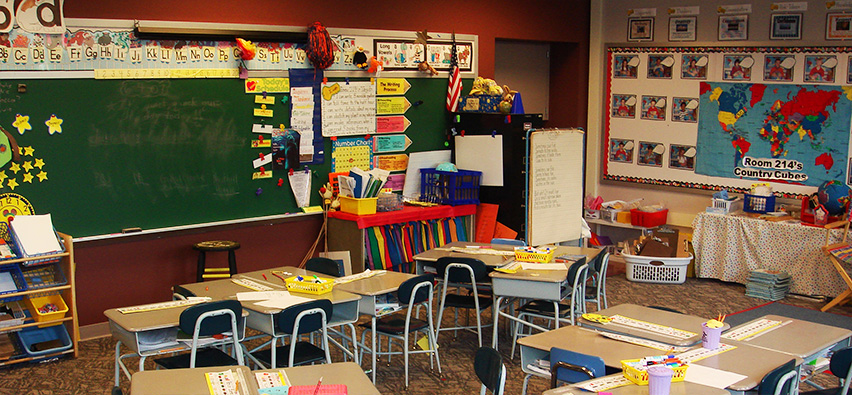Which School for Whom? Placement Choices for Inclusion or Exclusion of Dutch Students With Social, Emotional, and Behavioral Difficulties in Primary Education
This study examined which factors were related to placement choices for inclusive regular education or exclusive special education for Dutch students with social, emotional, and behavioral difficulties (SEBD). Students aged 6–11 in three subgroups participated: 45 included and 17 excluded students with SEBD (i.e., educated in regular education classrooms and in a separate setting exclusively for students with SEBD, respectively) and 772 typically developing peers. Before placement choices had been made, we collected data from students and teachers during classroom surveys and individual testing sessions with students with SEBD and from application files. Using Bayesian statistics, we found that included and excluded students with SEBD were similar in student functioning prior to placement, whereas teachers of included students had lower self-efficacy and more positive attitudes toward inclusion than teachers of excluded students. Furthermore, included and excluded students perceived their social–emotional functioning more negatively than typically developing peers. Hence, although considered essential by existing policies, placement choices may not depend on student functioning, but teacher factors may play a role.
Zweers, I., Bijstra, J. O., de Castro, B. O., Tick, N. T., van de Schoot, R. A., & Eckert, T. (2019). Which School for Whom? Placement Choices for Inclusion or Exclusion of Dutch Students With Social, Emotional, and Behavioral Difficulties in Primary Education. School Psychology Review, 48(1), 46-67. https://doi.org/10.17105/SPR-2017-0008.V48-1
Inges research concerns the development of students with special educational needs due to psychiatric and/or behavior problems. Students with emotional and/or behavior problems (EBD) perform worse than normally developing students with respect to their academic and their ...



